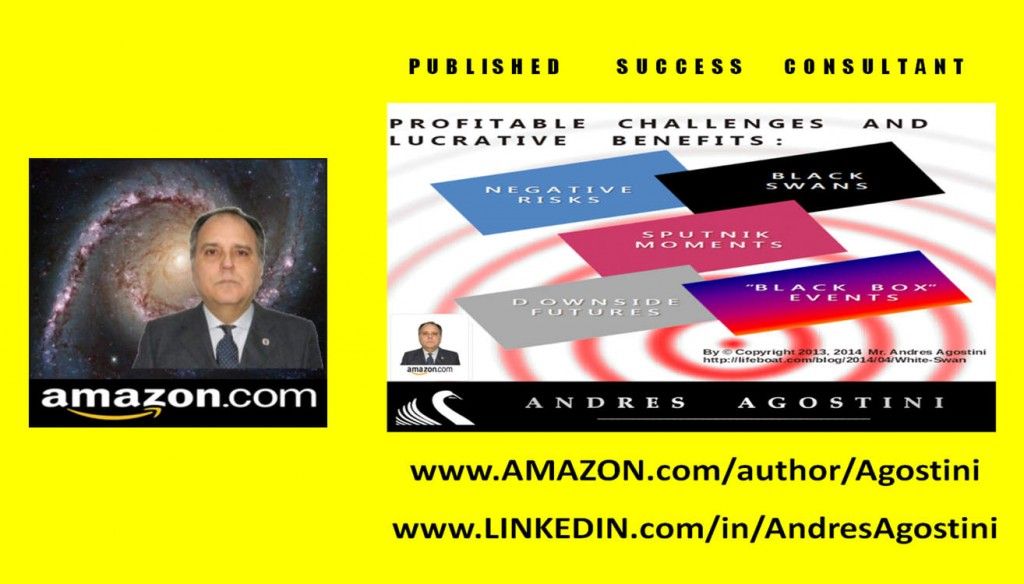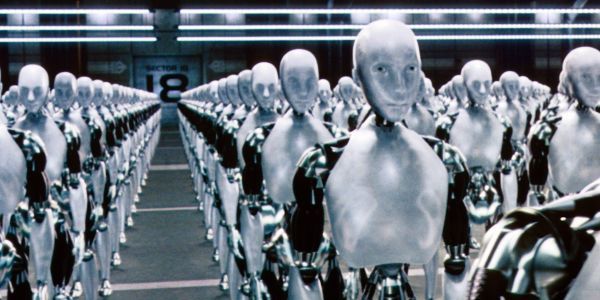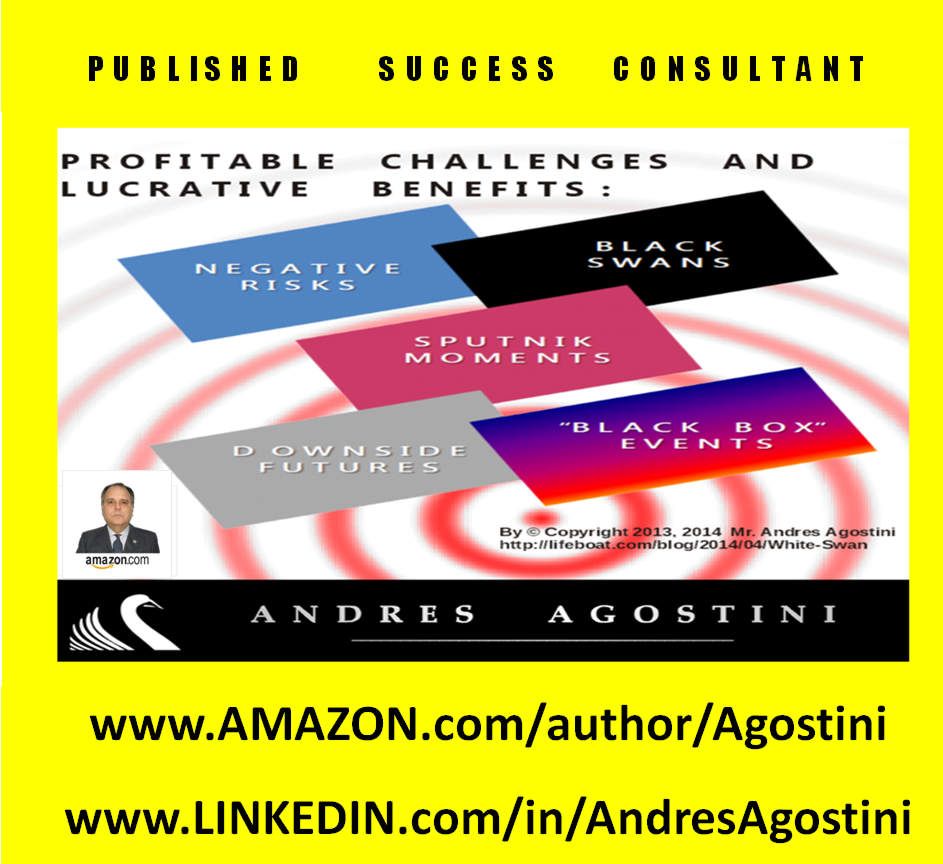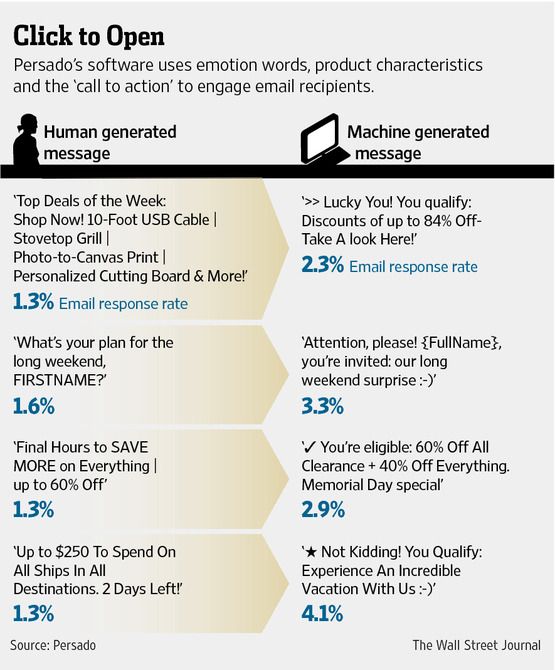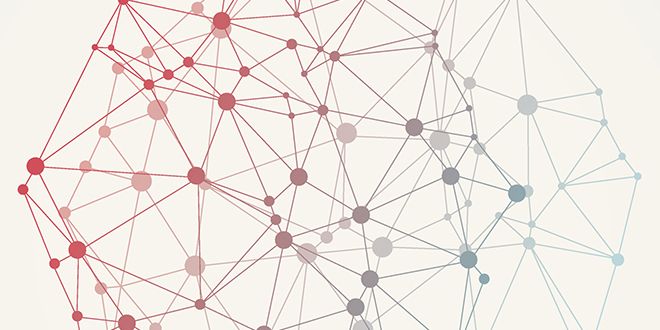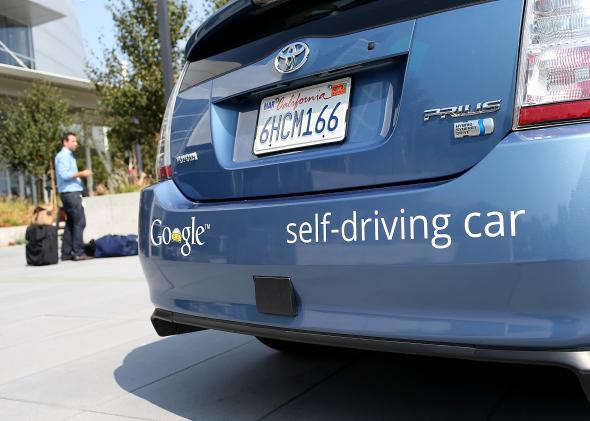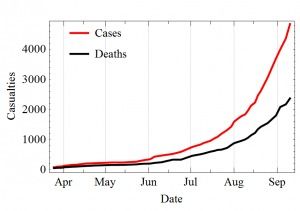FUTURISM UPDATE (September 20, 2014)
DARPA: President Obama Highlights New DARPA Program Aimed at Developing Novel Therapies Customized to Individual Patients http://www.darpa.mil/NewsEvents/Releases/2014/08/26.aspx
Rising Tides – Mitigation versus Consternation http://www.21stcentech.com/rising-tides-mitigation-consternation/
REUTERS: North Korea says imprisoned American tried to become ‘second Snowden’ http://www.reuters.com/article/2014/09/20/us-northkorea-usa-…0B20140920
REUTERS: French jets strike in Iraq, expanding U.S.-led campaign against Islamic State http://www.reuters.com/article/2014/09/19/us-iraq-crisis-idUSKBN0HE0Y420140919
REUTERS: Other automakers to challenge Tesla in over-the-air software upgrades http://www.reuters.com/article/2014/09/19/us-tesla-motors-so…HL20140919
BLOOMBERG: Al-Qaeda Spokesman Admits Embassy Plot as Judge Questions Deal http://www.bloomberg.com/news/2014-09-19/al-qaeda-em…ioned.html
BLOOMBERG: Protecting the Power Grid From Malware That Doesn’t Exist Yet http://www.bloomberg.com/news/2014-09-18/protecting-…t-yet.html
KAI: A long-lasting, water-based nuclear-energy-powered battery http://www.kurzweilai.net/a-long-lasting-water-based-nuclear…ed-battery
KAI: A new impermeable form of graphene oxide could be the ultimate protective coating http://www.kurzweilai.net/a-new-impermeable-form-of-graphene…ve-coating
KAI: Car hacking: who’s monitoring (or controlling) your car? http://www.kurzweilai.net/car-hacking-whos-monitoring-or-controlling-your-car
HARVARD BUSINESS REVIEW: 3-D Printing Will Change the World http://hbr.org/2013/03/3-d-printing-will-change-the-world/
SLATE: A Very Matter-of-Fact Interview About the Russian Tradition of Arresting Billionaires and Taking Their Stuff http://www.slate.com/blogs/the_slatest/2014/09/19/vladimir_y…ments.html
BBC: Poland, Ukraine and Lithuania form joint military unit http://www.bbc.com/news/world-europe-29284548
BBC: Six Russian fighter jets intercepted off Alaska http://www.bbc.com/news/world-us-canada-29288277
HUFF POST: Canadian fighter jets intercept Russian bombers in Arctic http://www.huffingtonpost.ca/2014/09/19/canadian-fighter-jet…;ir=Canada
DESIGN ENGINEERING: NASA’s JPL develops multi-metal 3D printing process http://www.design-engineering.com/general/nasas-jpl-develops…ess-132113
NASA: Printing the Metals of the Future http://www.jpl.nasa.gov/news/news.php?release=2014-247
BBC: eBay security flaw has existed for months http://www.bbc.com/news/technology-29279213
SCIENCE MAG: Gene therapy helps weak mice grow strong http://news.sciencemag.org/biology/2014/09/gene-therapy-help…row-strong
LA TIMES: A theory for toddlers’ turbo-charged learning style. The lack of a fully formed prefrontal cortex — the section of the brain that keeps an adult ‘on task’ — may help young kids accumulate knowledge rapidly, a study suggests. http://articles.latimes.com/2009/dec/07/health/la-he-toddler7-2009dec07
(CNN) — 2 US. jets intercepted six Russian planes that neared U.S. airspace off Alaska on Thursday and Canadian planes intercepted 2 Russian bombers that approached Canadian airspace, NORAD reported. http://edition.cnn.com/2014/09/19/us/russian-plane-incidents/index.html
MOSCOW TIMES: Putin Seeks Ways to Cut Russia Off From the Internet http://www.themoscowtimes.com/business/article/putin-seeks-w…07449.html
PEW RESEARCH: AI, Robotics, and the Future of Jobs http://www.pewinternet.org/2014/08/06/future-of-jobs/
Internet of Everything is a $4.6 trillion opportunity for global public-sector organizations over the next decade http://internetofeverything.cisco.com/learn/value-stake-public-sector
NATURE AND SCIENTIFIC AMERICAN: The Long Slow Rise of Solar and Wind http://www.nature.com/scientificamerican/journal/v310/n1/ful…45;52.html
NATURE: Economics: Manufacture renewables to build energy security http://www.nature.com/news/economics-manufacture-renewables-…ty-1.15847
WALL STREET JOURNAL: GlaxoSmithKline Found Guilty of Bribery in China http://online.wsj.com/articles/glaxosmithkline-found-guilty-…1411114817
ADAGE: Hey, CMO: Larry Ellison and Oracle Want Your Business As Tech Titans Race to Dominate the Marketing Cloud, Oracle and Others Are Courting the New Decision Makers — You http://adage.com/article/btob/hey-cmo-larry-ellison-oracle-b…1411659572
PHYS ORG: Quick-change materials break the silicon speed limit for computers http://phys.org/news/2014-09-quick-change-materials-silicon-limit.html#jCp
ECONOMICALLY, EXPECT ZERO. PEW RESEARCH: World Remains Glum about Economic Prospects http://www.pewglobal.org/2014/09/19/world-remains-glum-about-economic-prospects/
PEW RESEARCH CENTER: Global Public Downbeat about Economy. Many Wary of the Future and the Present. http://www.pewglobal.org/2014/09/09/global-public-downbeat-about-economy/
BLOOMBERG: Pena Nieto Heads to New York After Energy Overhaul Moves http://www.bloomberg.com/news/2014-09-19/pena-nieto-…entum.html
WALL STREET JOURNAL: Chinese Views of India: Culturally Rich but Backward http://blogs.wsj.com/indiarealtime/2014/09/18/chinese-views-…-backward/
PEW RESEARCH: Indians Reflect on Their Country & the World. Troubled by Economic Problems, Corruption, Pakistan and China. www.pewglobal.org/2014/03/31/indians-reflect-on-their-country-the-world/
BUSINESS INSIDER: Alibaba Is Already The Fourth Most Valuable Technology Company In The World http://www.businessinsider.com/alibaba-is-already-the-fourth…z3DpXE42qS
THE NATO CONSEQUENCES. BREAKING DEFENSE: Army Scrambles On 4 Continents: Odierno Previews New Doctrine http://breakingdefense.com/2014/09/army-scrambles-on-4-conti…-doctrine/
